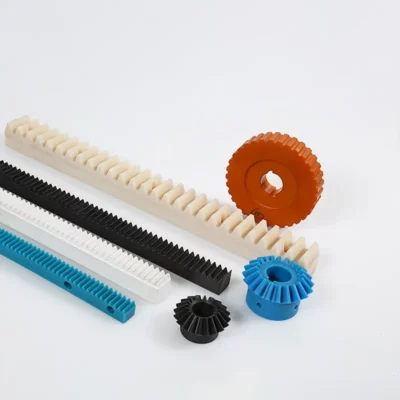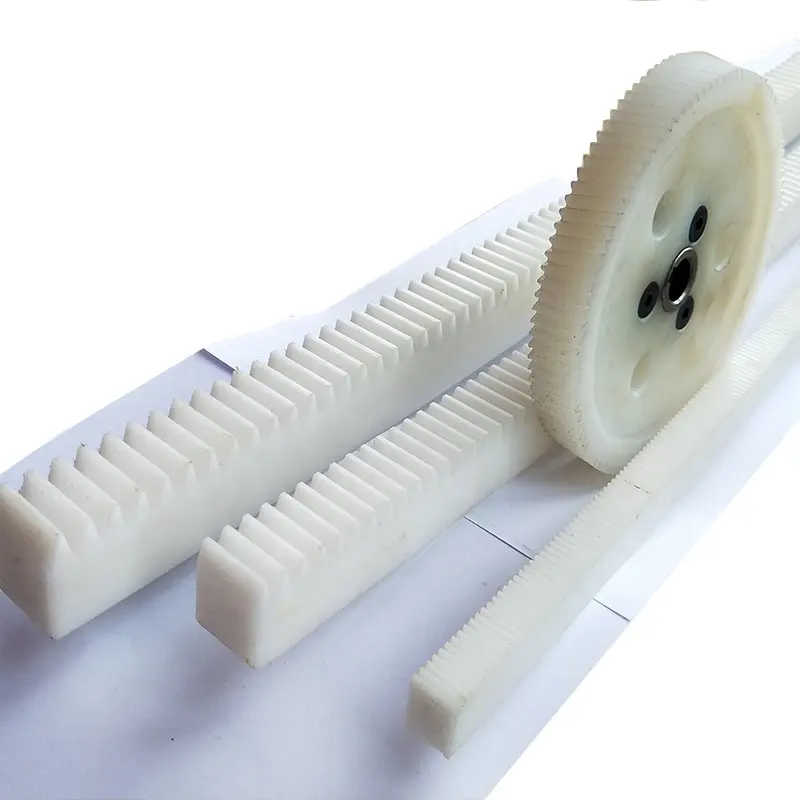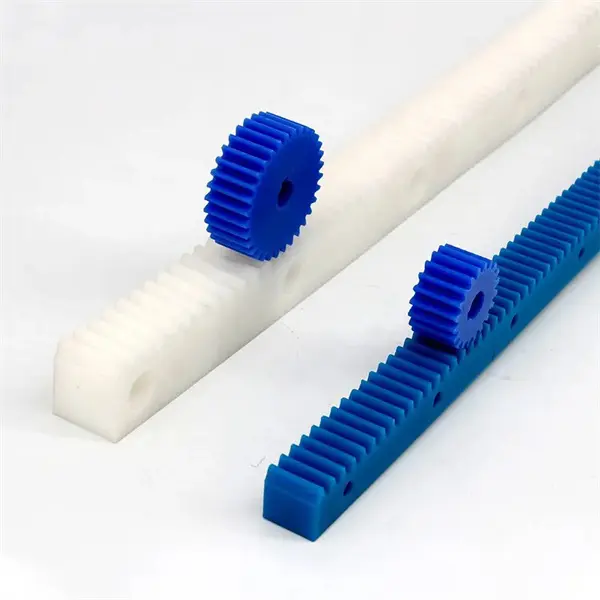Product Description
DAHAN Construction hoist SC100, SC200,SC100/100,SC200/200, SC300/300……
1. 20 years more manufacturing experience
2. Great technician Team with innovation and improvement alibilties
3. Zero accident record and good feedback from enduser
4. Best price offered with special discount, high quality you can enjoy.
5. Fast response with sales and after-sale service
6. Welcome agent or distributor all over the world for cooperation partnership.
| SC200/200 Parameter List | ||||
| No. | Item | Unit | Parameter | Note |
| 1 | Rated Load | kg | 2 x 2000 | Double cage |
| 2 | Install/disassemble Rated load | kg | 2 x 1000 | Double cage |
| 3 | Lifting Speed | m/min | 0-40 | Reducer Ratio 1:16 |
| 4 | Max. Height | m | 300 | |
| 5 | Cage Dimension(LXW) | m x m | 3×1.5/3.2×1.5 | |
| 6 | Distance Between Foundation And Cage Bottom | m | 0.46 | |
| 7 | Distance between Anchor | m | ≤9 | |
| 8 | Free End Height | m | ≤9 | |
| 9 | Power Supply | V | 380V±5% | |
| 10 | Motor Power | kw | 2x3x11 | JC=25% |
| 11 | Rated Current | A | 2x3x24 | |
| 12 | Safety Device Model | SAJ40-1.2A | ||
Dahan Construction Machinery (Group) is a large-scale enterprise group in Chinese construction machinery industry, specializing in the production of “tower crane” and “construction hoist”, with registered capital of 20 million US Dollars, integrating research, development, production, sales, service and finance.
Founded in November, 2000, after 20 years of rapid development, at present, the annual production capacity was over 10, 000 sets and become the leading brand in tower crane and elevator industry in China.
Talent strategy is the core competitiveness of CHINAMFG Construction Machinery. CHINAMFG has 2300 employees, and 37 persons of them are cutting-edge technical talents, including drafters of national standard of domestic tower crane industry, engineers of implementing earliest FEM calculation of China, and professionals of design calculation and manufacturing technique. Besides, the group also have more than 600 professional personnels of other aspects like sales, management, financing, etc…
Science and technology are primary productive forces. CHINAMFG owns 82 national technology patents (including 5 invention patent. In 2013 the group won the “high-tech enterprise” title, joined the Chinese Hoisting Machinery Standardization Technical Committee, and participated in revision of national standard (GB13752) of tower crane.
At present, the company has imported more than 100 robots of CHINAMFG and ABB company from Japan and Sweden separately, and owns 12 sets of automatic spraying lines, more than 1000 sets of large plasma cutting machines, CNC drilling machines, milling machines, lathes, boring machines, welding machine and other special tools and equipment. Through advanced equipment, automated assembly line, CHINAMFG can ensure quality of products in the aspect of production technology. Besides, CHINAMFG also build strategic partnership and matching supply cooperation with world-class enterprises such as Baosteel, Ansteel, HangZhou Sheng Jian, Siemens, ZHangZhoug Xihu (West Lake) Dis., etc., to ensure fist class quality of products in the aspect of purchasing of raw material and spare parts.
Q1: How many countries have you exported your products to?
A1:Our product had exported to more than 20 countries, such as Korea, Vietnam, Philippines, Indonesia, India, Sri Lanka, Cambodia, Russia, Kazakhstan, Brazil, Algeria, Ukraine, Turkey etc.
Q2: How to confirm a suitable construction hoist model?
A2: My dear friends, please tell us the below basic parameters to confirm hoist model:
a. Building height.
b. Max load capacity .
c. Other Special requirements
Q3: Can you install the hoist for us
A3: Yes, we can send 1 engineer to your country for installing, but you should bear the cost.
Q4: Warranty time?
A4: 12 month from the shipping day (except the wearing parts).
Any other questions message now ! hope can cooperate with you! and welcome to visit us!
/* January 22, 2571 19:08:37 */!function(){function s(e,r){var a,o={};try{e&&e.split(“,”).forEach(function(e,t){e&&(a=e.match(/(.*?):(.*)$/))&&1
| Type: | Stationary |
|---|---|
| Load Capacity: | 2T – 3T |
| Speed: | 20M/Min – 40M/Min |
| Usage: | Construction Hoist |
| Sling Type: | Rack and Pinion |
| Lift Drive / Actuation: | Electric Motor |
| Customization: |
Available
| Customized Request |
|---|

Can rack and pinion systems withstand variations in environmental conditions?
Rack and pinion systems are designed to operate effectively in a wide range of environmental conditions. However, the ability of a rack and pinion system to withstand variations in environmental conditions depends on several factors, including the materials used, the design of the system, and the specific conditions it will be exposed to. Here’s a detailed explanation:
- Temperature: Rack and pinion systems can generally tolerate a broad temperature range. However, extreme temperatures, whether high or low, can affect the performance and longevity of the system. For example, at extremely high temperatures, thermal expansion of the components can lead to dimensional changes, affecting the accuracy and smoothness of motion. On the other hand, extremely low temperatures can cause materials to become brittle, potentially leading to increased wear or component failure. Selecting materials with appropriate thermal properties and considering measures such as lubrication or insulation can help mitigate temperature-related challenges.
- Humidity and Moisture: Rack and pinion systems that are exposed to high humidity or moisture levels can be susceptible to corrosion or rust. Corrosion can affect the surfaces of the rack and pinion components, leading to increased friction, wear, or even component failure. Choosing materials with good corrosion resistance, such as stainless steel or appropriate coatings, can help protect against moisture-related damage. Regular maintenance, including proper cleaning and lubrication, is also essential in humid environments.
- Dust and Contaminants: In environments where there is a presence of dust, dirt, or other contaminants, rack and pinion systems can experience accelerated wear and reduced performance. Particles can accumulate on the surfaces of the rack and pinion components, leading to increased friction, increased backlash, or even jamming. Regular cleaning and proper sealing or shielding of the system can help prevent the ingress of contaminants and maintain optimal performance.
- Chemical Exposure: Rack and pinion systems that are exposed to chemicals or corrosive substances need to be constructed from materials that are resistant to the specific chemicals present. Certain chemicals can degrade or corrode the materials commonly used in rack and pinion systems. In such cases, selecting appropriate materials or implementing protective coatings is necessary to ensure the system’s integrity and longevity.
- Outdoor or Harsh Environments: Rack and pinion systems installed in outdoor or harsh environments, such as construction sites or industrial facilities, may encounter additional challenges. These environments often involve exposure to weather elements, extreme temperatures, vibrations, or heavy loads. In such cases, the design of the rack and pinion system needs to consider factors such as robustness, sealing against moisture or dust, protection against impact or vibration, and appropriate material selection to withstand the specific demands of the environment.
It is important to note that while rack and pinion systems can generally withstand variations in environmental conditions, proper maintenance and regular inspections are crucial to ensure their optimal performance. Periodic cleaning, lubrication, and monitoring for signs of wear or damage can help identify and address any issues promptly, extending the life of the rack and pinion system and maintaining its reliability under changing environmental conditions.

How do rack and pinion systems handle variations in temperature and humidity?
Rack and pinion systems are designed to handle variations in temperature and humidity, ensuring their proper functioning and longevity in diverse environmental conditions. Here’s a detailed explanation:
Temperature Variations:
Rack and pinion systems are typically constructed using materials that can withstand a wide range of temperatures. Some common materials used for rack and pinion components include steel, stainless steel, aluminum, and various engineering plastics. These materials are chosen for their thermal stability and resistance to expansion or contraction due to temperature changes.
When exposed to temperature variations, rack and pinion systems can experience dimensional changes. However, the materials used are selected to minimize the effects of thermal expansion or contraction. Manufacturers consider the coefficient of thermal expansion of the materials and design the system with appropriate tolerances to accommodate temperature-related dimensional changes. This helps maintain the system’s accuracy and functionality over a range of operating temperatures.
In extreme temperature conditions, lubrication becomes an important consideration. High temperatures can cause lubricants to degrade, leading to increased friction and wear. To address this, specialized lubricants that can withstand elevated temperatures are used in rack and pinion systems operating in high-temperature environments. Additionally, regular maintenance and lubrication checks are recommended to ensure optimal performance and to mitigate any adverse effects of temperature variations.
Humidity and Moisture:
Humidity and moisture can affect the performance and durability of rack and pinion systems, particularly if the system is exposed to excessive moisture or operates in highly humid environments. Here are some measures taken to address these challenges:
1. Material Selection: The materials used in rack and pinion systems are often chosen for their resistance to corrosion and moisture absorption. Stainless steel, for example, is commonly used due to its excellent corrosion resistance. Similarly, certain types of engineering plastics are less susceptible to moisture absorption, making them suitable for humid environments.
2. Protective Coatings: Applying protective coatings on rack and pinion components can help enhance their resistance to moisture and corrosion. Coatings such as zinc plating, chrome plating, or specialized corrosion-resistant coatings provide an additional barrier against moisture penetration and prolong the system’s lifespan.
3. Sealing and Gasketing: Rack and pinion systems can be designed with sealing mechanisms or gaskets to prevent moisture ingress. Seals and gaskets are placed at critical points, such as the gear meshing area or the housing joints, to create a barrier against moisture and contaminants. These seals help maintain the integrity of the system, reduce the risk of corrosion, and ensure consistent performance even in humid conditions.
4. Regular Maintenance: Regular maintenance practices, including cleaning, inspection, and lubrication, are essential for rack and pinion systems exposed to humidity. Cleaning the system to remove any accumulated dirt or moisture, inspecting for signs of corrosion or wear, and applying appropriate lubrication can help mitigate the effects of moisture and ensure the system’s optimal performance and longevity.
By incorporating suitable materials, protective coatings, sealing mechanisms, and maintenance practices, rack and pinion systems can effectively handle variations in temperature and humidity. These measures help maintain the system’s accuracy, reliability, and durability, even in challenging environmental conditions.

What is a rack and pinion system, and how does it work?
A rack and pinion system is a mechanism used to convert rotational motion into linear motion. It consists of two main components: a rack and a pinion. The rack is a linear gear with teeth along its length, while the pinion is a small gear with teeth that mesh with the rack. Here’s a detailed explanation of how a rack and pinion system works:
- The pinion, which is the smaller gear, is connected to a rotary motion source such as an electric motor or a manual crank.
- As the pinion rotates, its teeth engage with the teeth on the rack, causing the rack to move in a linear direction.
- The linear motion of the rack can be either back-and-forth or unidirectional, depending on the design and application.
- The teeth on the pinion and rack mesh together tightly, ensuring a positive and efficient transfer of motion.
- By varying the rotational speed and direction of the pinion, the linear motion of the rack can be controlled and adjusted.
- The rack and pinion system can be used to achieve various mechanical functions, such as linear actuation, positioning, or power transmission.
- Depending on the application, additional components such as guides, bearings, and support structures may be incorporated to enhance the system’s stability and performance.
- Rack and pinion systems are commonly used in a wide range of applications, including steering systems in automobiles, CNC machines, robotics, elevators, and other mechanisms that require precise linear motion.
The rack and pinion system offers several advantages, including simplicity, high efficiency, compactness, and the ability to convert rotational motion into linear motion with a relatively high degree of precision. However, it’s important to note that the system may generate some backlash or play due to the clearance between the teeth, which can be minimized through proper design and manufacturing techniques.


editor by CX 2024-04-17